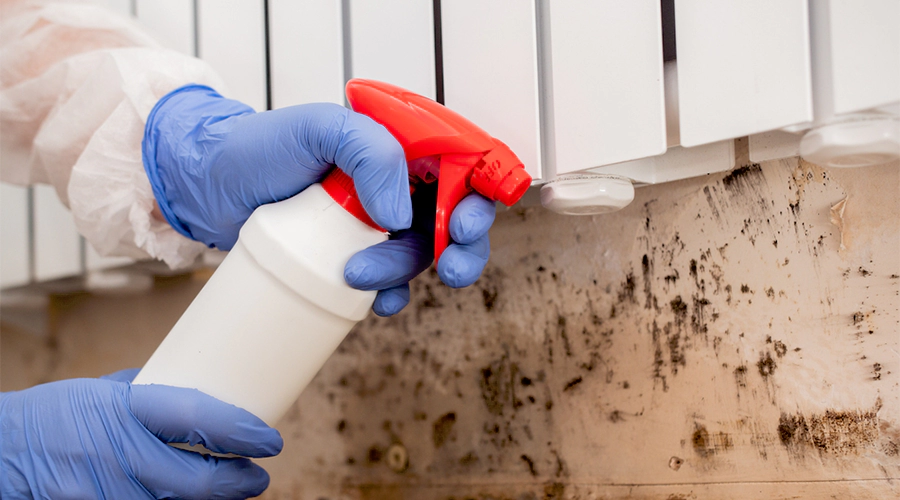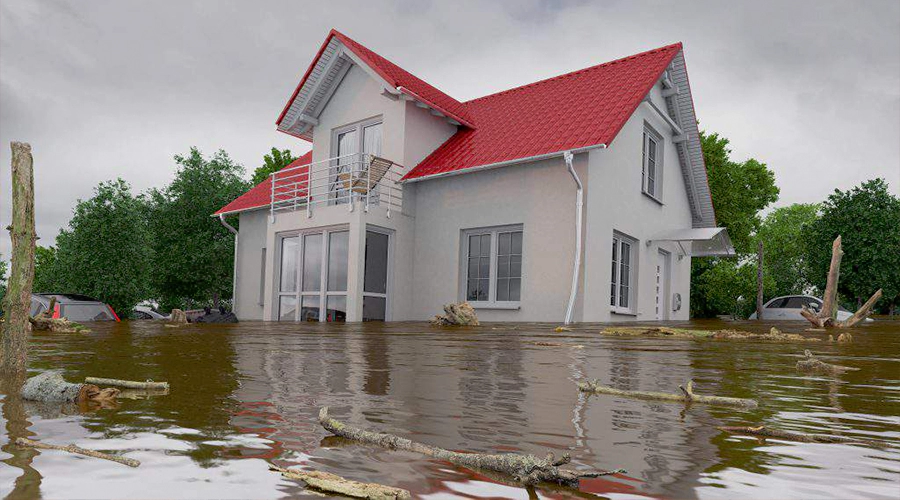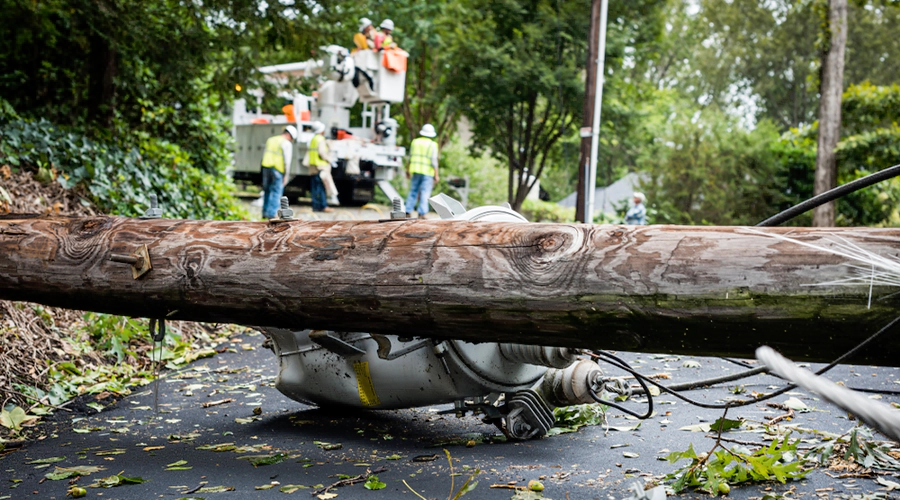Mould is a pervasive problem that can occur in many homes and businesses and can pose a significant threat to health and property. Exposure to mould can lead to a variety of health issues, including respiratory problems and allergies, and can also cause damage to building materials, leading to costly repairs. Mould remediation is the process of removing and preventing mould growth in a building, and it is crucial to work with a professional remediation company to ensure that the problem is addressed effectively and thoroughly. In this blog post, we'll take a closer look at the process of mould remediation and offer some tips to help you get started.
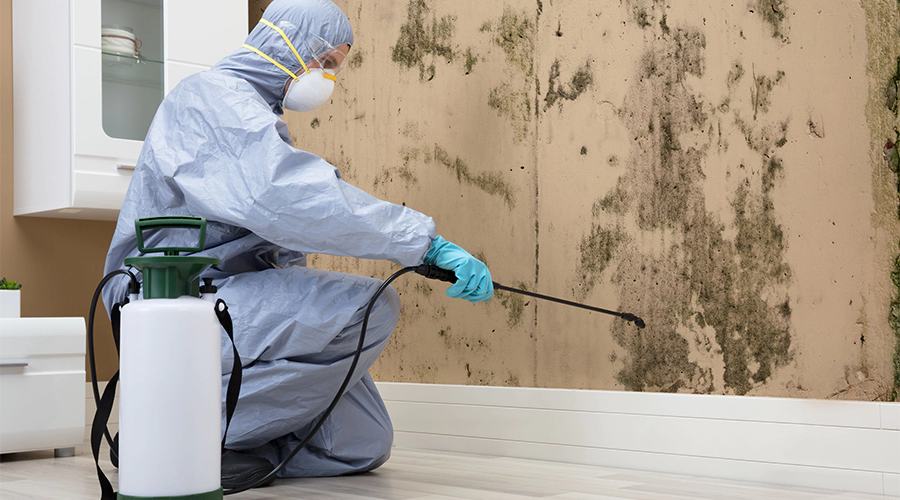
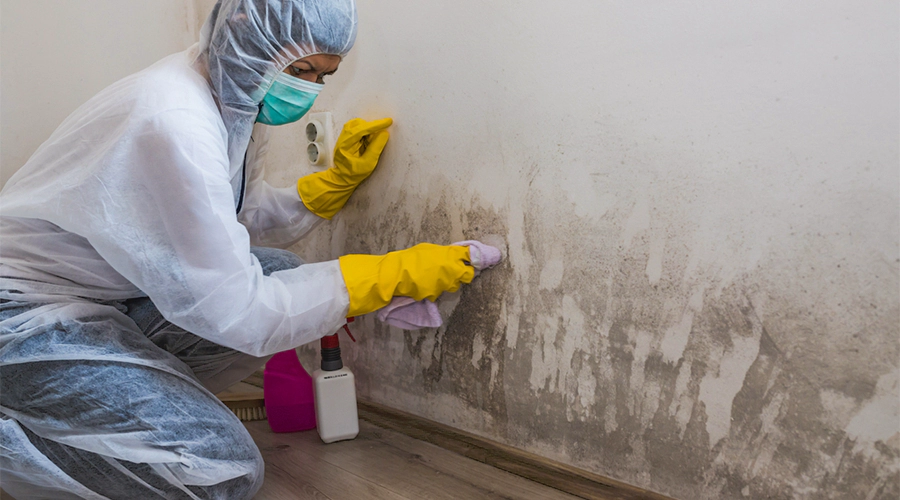
[image4_tag]
In addition to the above steps, there are several other important factors to consider when it comes to mould remediation. For example, it's important to use appropriate personal protective equipment (PPE) when working with mould to prevent exposure to harmful spores. It's also important to work with a reputable and experienced mould remediation company, as they will have the knowledge and equipment needed to effectively address the problem.
In conclusion, mould remediation is a complex process that requires specialised knowledge and equipment. By following the steps outlined above and working with a professional mould remediation company, you can ensure that all mould is removed and your building is thoroughly cleaned and disinfected, helping to prevent future mould growth and ensure a healthy living or working environment.
Step 1: Identify the Source of the Mould
The first step in mould remediation is to identify the source of the mould. Mould growth is often the result of excess moisture, which can be caused by a variety of factors, including leaks, flooding, and poor ventilation. A professional mould remediation company can help you identify the source of the mould and develop a plan to remove it.Step 2: Contain the Mould
Once the source of the mould has been identified, the next step is to contain the mould to prevent it from spreading to other areas of the building. This is important to prevent the spread of mould spores, which can cause further contamination. This may include sealing off affected areas with plastic sheeting or using negative air pressure to prevent the spread of mould spores.
Step 3: Remove the Mould
The next step in mould remediation is to remove the mould. This can be a complex and time-consuming process and may involve the use of specialized equipment such as HEPA vacuums, air scrubbers, and chemical treatments. It's important to ensure that all mould is removed, including hidden mould behind walls and in other hard-to-reach areas. A professional mould remediation company can help you identify the best approach for removing mould from your building.Step 4: Clean and Disinfect the Area
Once the mould has been removed, it's important to thoroughly clean and disinfect the area to prevent future mould growth. This may include using specialised cleaning products and techniques, and may also involve replacing damaged materials such as drywall and carpet. A Professional Mould Remediation company can ensure that the area is properly cleaned and disinfected, helping to prevent future mould growth.
Step 5: Prevent Future Mould Growth
Finally, it's important to take steps to prevent future mould growth. This may include repairing leaks and improving ventilation, as well as monitoring humidity levels in the building. A professional mould remediation company can help you identify the best strategies for preventing future mould growth in your building.[image4_tag]
In addition to the above steps, there are several other important factors to consider when it comes to mould remediation. For example, it's important to use appropriate personal protective equipment (PPE) when working with mould to prevent exposure to harmful spores. It's also important to work with a reputable and experienced mould remediation company, as they will have the knowledge and equipment needed to effectively address the problem.
In conclusion, mould remediation is a complex process that requires specialised knowledge and equipment. By following the steps outlined above and working with a professional mould remediation company, you can ensure that all mould is removed and your building is thoroughly cleaned and disinfected, helping to prevent future mould growth and ensure a healthy living or working environment.


